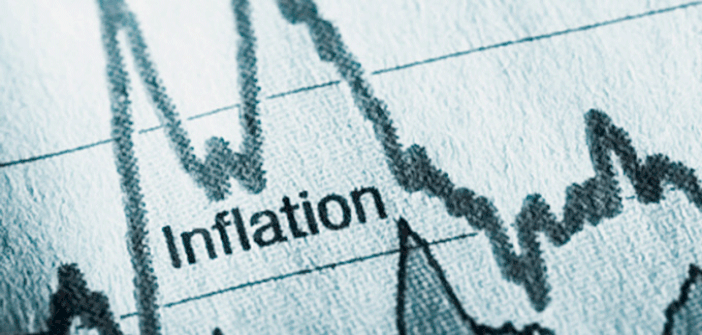According to estimates from the European Statistics Office Eurostat, for the first time in four years, consumer prices in the Eurozone countries rose by 2.0% in February 2017, which corresponds to the inflation target set by the European Central Bank (ECB).
While an inflation rate of 2% is considered a sign of a healthy economy, as Benoît Coeuré, a member of the ECB’s executive board, reminded us in February 2017, “it is important to disregard the effect of energy prices on overall inflation.”
However, prices in the energy sector jumped by 9.2% in February, while prices for food products, tobacco, and alcohol increased by 2.5%. Excluding energy, food, tobacco, and alcohol, core inflation, which serves as a basis for defining monetary policies, remained stable in February at 0.9%.
While pressures, particularly from Germany, are mounting for the ECB to ease up on its policy of quantitative easing (massive asset purchases to inject cheap money into the system and thus stimulate loans and investments), the ECB should not alter its current monetary policy.
Indeed, the ECB believes that the inflation rebound is temporary and that it may resume its downward trend once the year-on-year rise in energy prices eases.
Moreover, the ECB’s monetary stimulus policy aims to “revitalize the European economic engine,” meaning growth and employment.
Yet, in January 2017, the Eurozone unemployment rate stood at 9.6%, indicating that the stimulus is necessary and has not yet produced all its effects.


